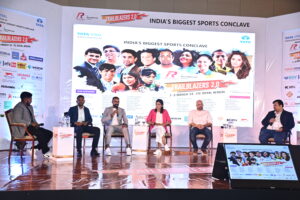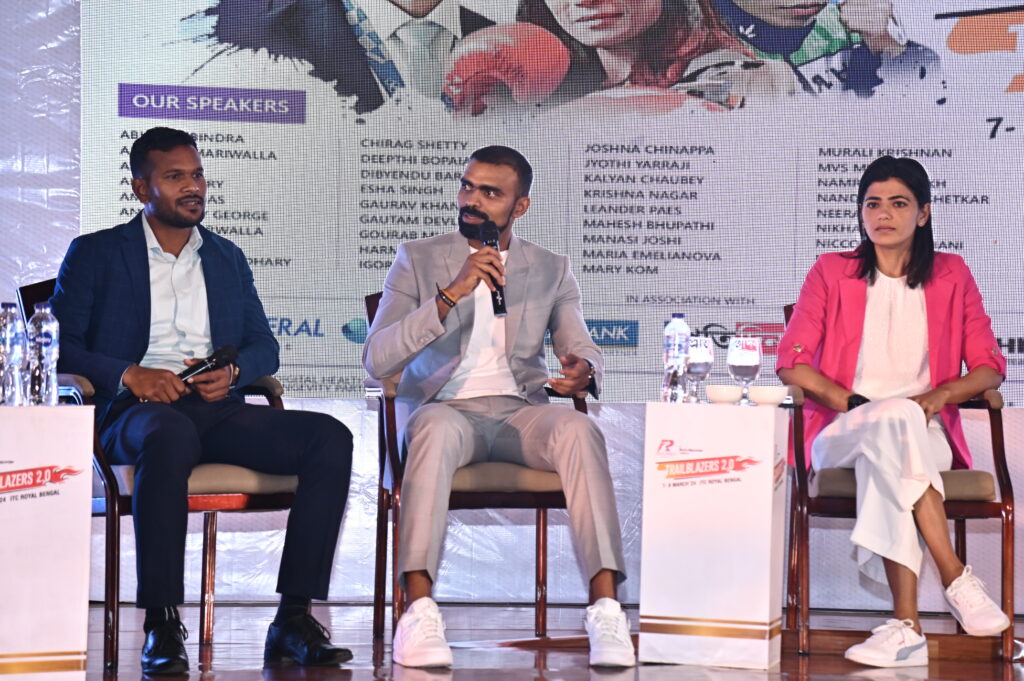
Chest expanded and thrust out, long arms stretched to the sides like in a match situation and eyes firmly on an imaginary subject — PR Sreejesh said goalkeepers are the craziest in the field of hockey. “How else to you explain someone putting his body in front of a ball struck at 150 mph?”
In the volatile world of Indian hockey, Sreejesh has been a constant for almost 18 years. At 35, he makes tough saves look routine, day in and day out, year after year. The goalkeeper denying the opponents with a superlative block or touch in the dying moments has become synonymous with him. More so, after the momentous intervention six seconds from time against Germany, which fetched India bronze at the Tokyo Olympics 2020.
For the Latest Sports News: Click Here

Other than skills and leadership (not necessarily as captain of the team), the ability to gel with players much younger and his longevity set Sreejesh apart. The last one has taken copious amounts of hard work around the year for nearly two decades at the highest level. Spending 18 years in a physically demanding game where the goalkeeper’s role is mentally draining is no joke.
“Goalkeeping is very easy,” Sreejesh told RevSportz in a lighter vein during the Trailblazers Conclave 2.0 in Kolkata recently. “You just have to be there at the right place at the right time. That’s it. You just stay in front of your goal, between the ball and the goalpost. It’s simple.”
On a serious note, Sreejesh said it was about doing the basic things perfectly and consistently. “The job starts when you find yourself in that right position,” he said. “How do handle the situation and pressure? It’s important to understand that a goalkeeper’s job is to react. When someone is hitting or flicking the ball, you decide what to do. You can’t be a proactive person.”
Elaborating, Sreejesh added: “The basic stance is important. The body weight has to be distributed equally on two legs. This helps you move faster towards the ball. When you make the save, the hand has to be in front of the body. When the ball hits your palm or the stick, you have to see the save. You also have to anticipate the direction of the ball, the speed and the height.”

The difference between understanding these principles and mastering them is training. Sreejesh can’t possibly remember when he started doing this, how it became his world. All that he says is putting these lessons into practice to the extent that it happens almost like reflex action takes years. He doesn’t recall how many thousand saves he makes at training camps even today.
“Most goals come from close deflections,” he said. “You watch the connection, judge the angle and speed. That’s where you need skills and hard work. I save thousands of balls in training. Sometimes, when a player lifts the stick, I understand where he will hit, but I don’t react until he has hit it.
“At times, I realise after the save that I have made the save. Your brain sends signals to the limbs. That’s when you react. The more saves you make, the more your brain works and after a point, it starts happening almost automatically. That’s called instinct and it comes only with training.”
Sreejesh will be one of India’s mainstays at Paris 2024. He says the team is on the right path and over a dozen matches to be played before the Olympics should be enough to work on the loopholes in order to live up to mounting expectations. He will go back to the rear and focus on what he calls the “lonely job”.
Also Read: Recurrence of back issues could force Shreyas Iyer to miss part of IPL




